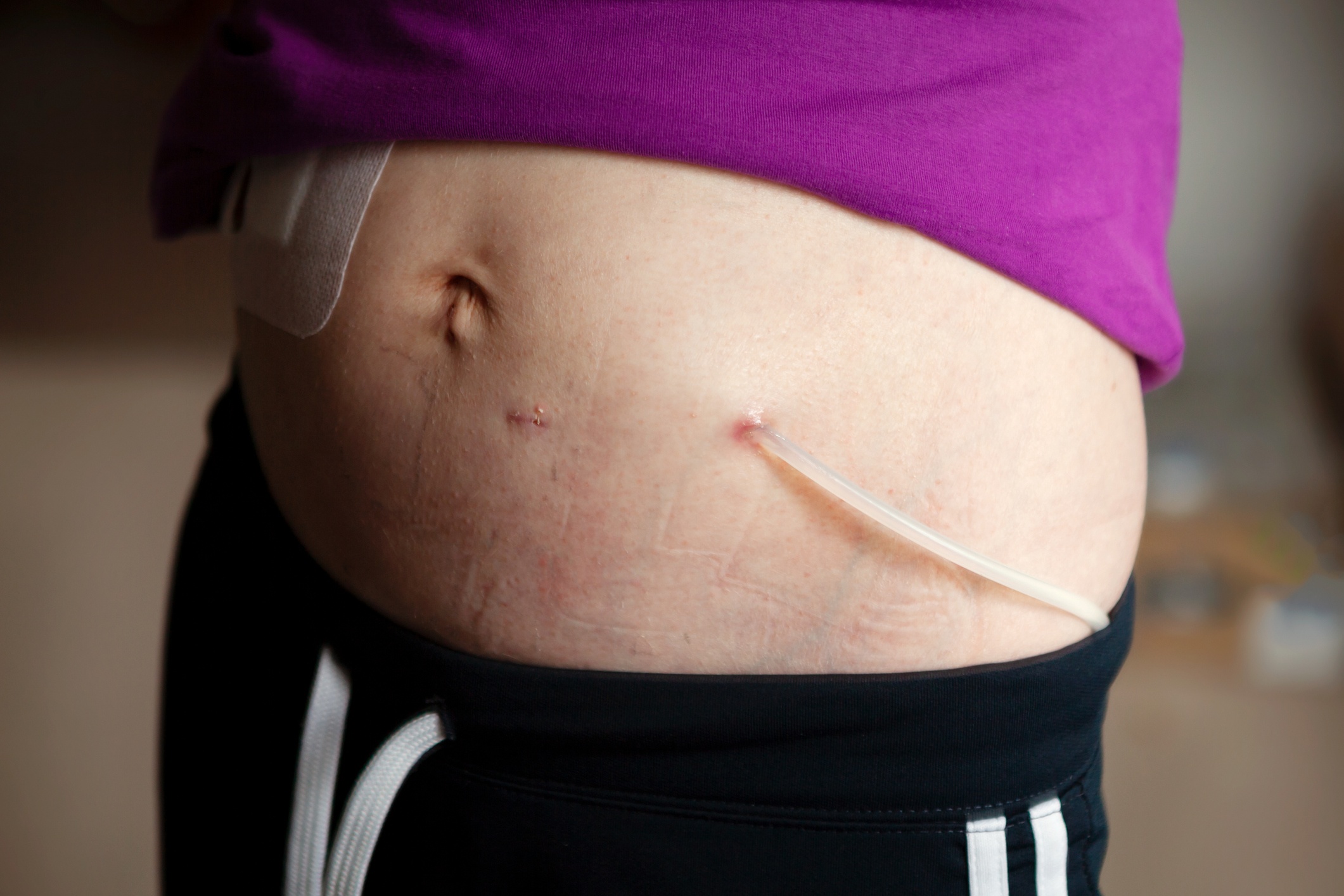
Remote monitoring (RM) of patients receiving automated peritoneal dialysis (APD) can help prevent complications and improve treatment quality. A group of researchers, including Ramón Paniagua, analyzed the effects of RM-APD on mortality and complications related to cardiovascular disease (CVD), fluid overload, and insufficient dialysis efficiency. The results of their cluster-randomized, open-label, controlled trial appeared in Nephrology Dialysis Transplantation.
The trial included 21 hospitals with APD programs treating adult patients. Of them, 10 used RM-APD (403 patients) and 11 used conventional APD (398 patients). Patients were followed for a median of 9.5 months.
The primary outcomes, measured by competing-risk analysis and restricted mean survival time analysis, were time to first event of the following:
- Composite index-1: all-cause mortality, first adverse events, and hospitalizations due to any cause
- Composite index-2: cardiovascular mortality, first adverse event, and hospitalizations related to CVD, fluid overload, and insufficient dialysis efficiency.
Secondary outcomes comprised time to first event of individual components of the two composite indices and rates of adverse events, hospitalizations, unplanned visits, and transfer to hemodialysis.
The RM-APD and APD groups did not differ regarding the time to reach composite index-1. However, the APD group reached composite index-2 earlier than the RM-APD group (ΔRMST: -0.85 months; P=.02). The APD group experienced more dropouts than RM-APD (131 vs 110; P=.048) and had higher all-cause mortality (55 vs 33 deaths; P=.01; subdistribution hazard ratio [sHR], 1.69; 95% CI, 1.39-2.05; P <.001), higher hospitalizations of any cause, and higher cardiovascular deaths (24 vs 13 deaths; P=.05; sHR, 2.44; 95% CI, 1.72- 3.45; P <.001). Rates of adverse events and hospitalizations related to CVD, fluid overload, or insufficient dialysis efficiency were also higher among the APD group compared to RM-APD.
To conclude, the trial found that remote monitoring may provide significant advantages in APD, including improved survival outcomes and lower rates of adverse events and hospitalizations. This could have a positive impact on the acceptance and adoption of APD.






 © 2025 Mashup Media, LLC, a Formedics Property. All Rights Reserved.
© 2025 Mashup Media, LLC, a Formedics Property. All Rights Reserved.